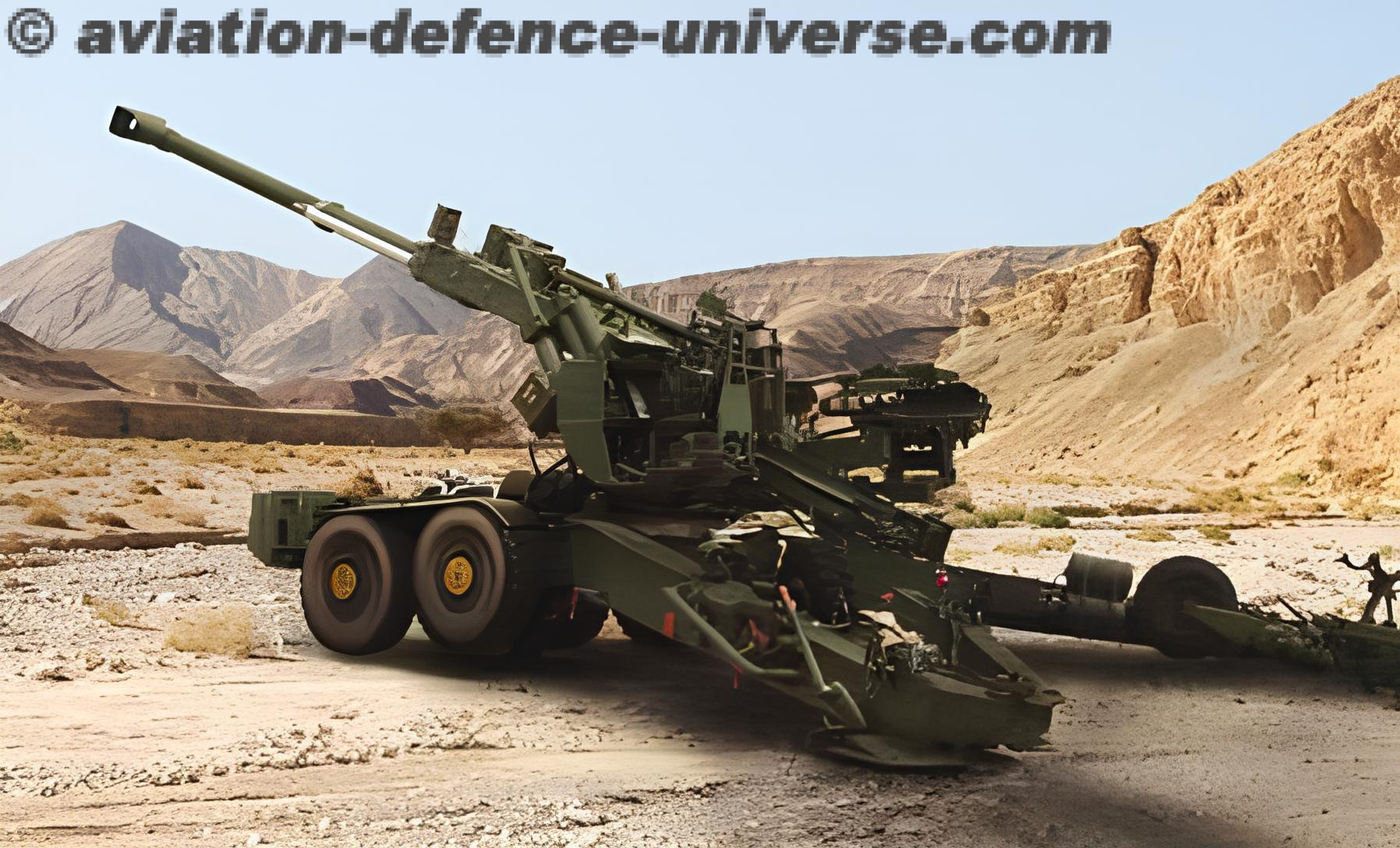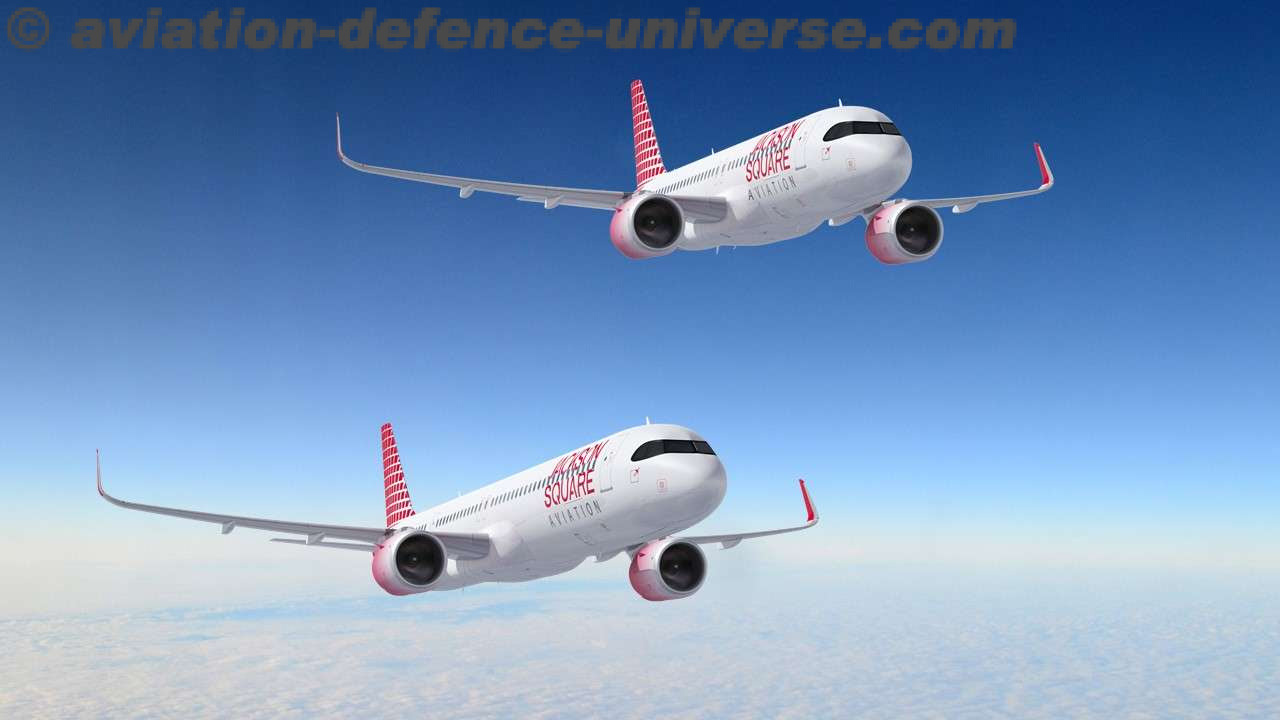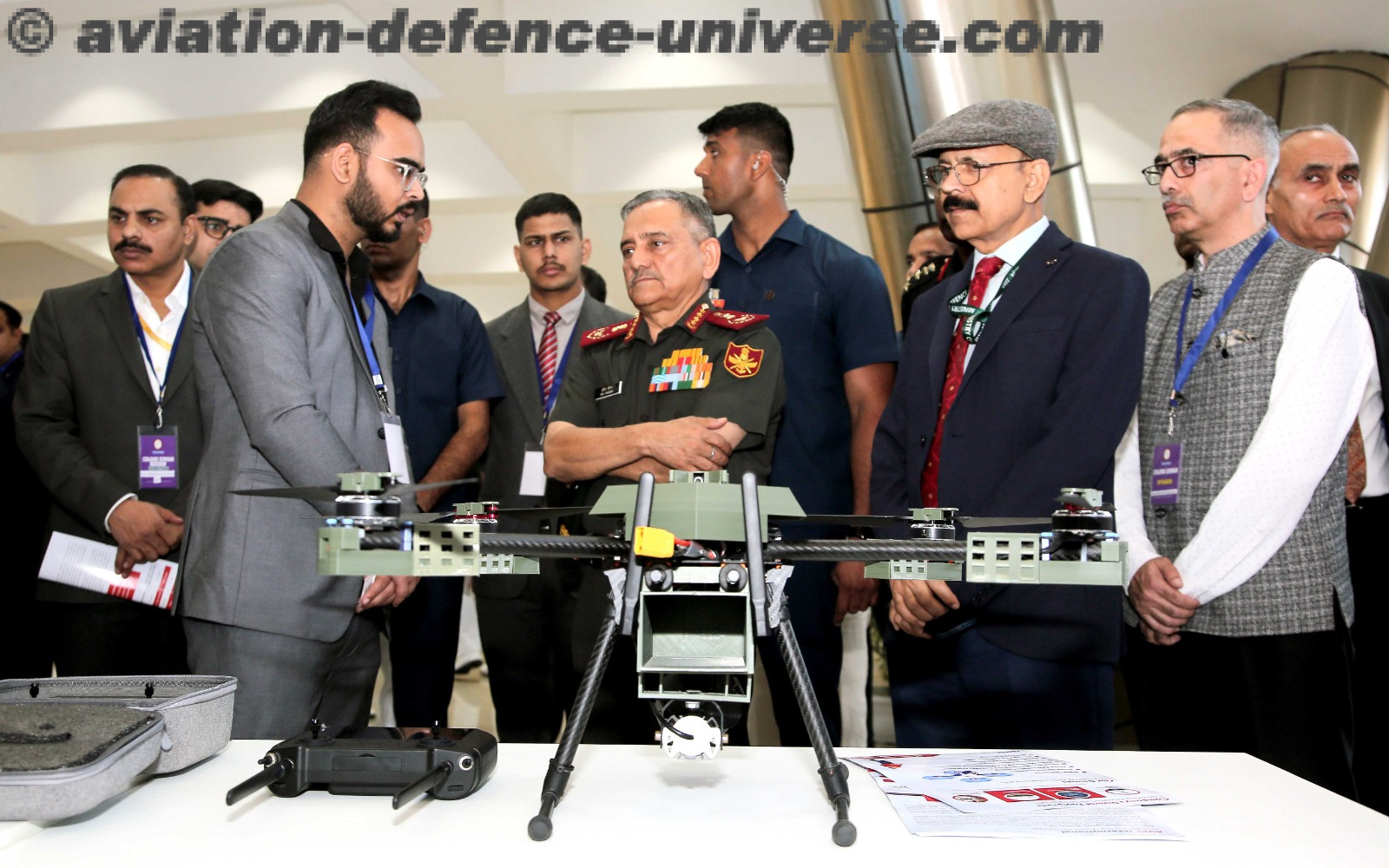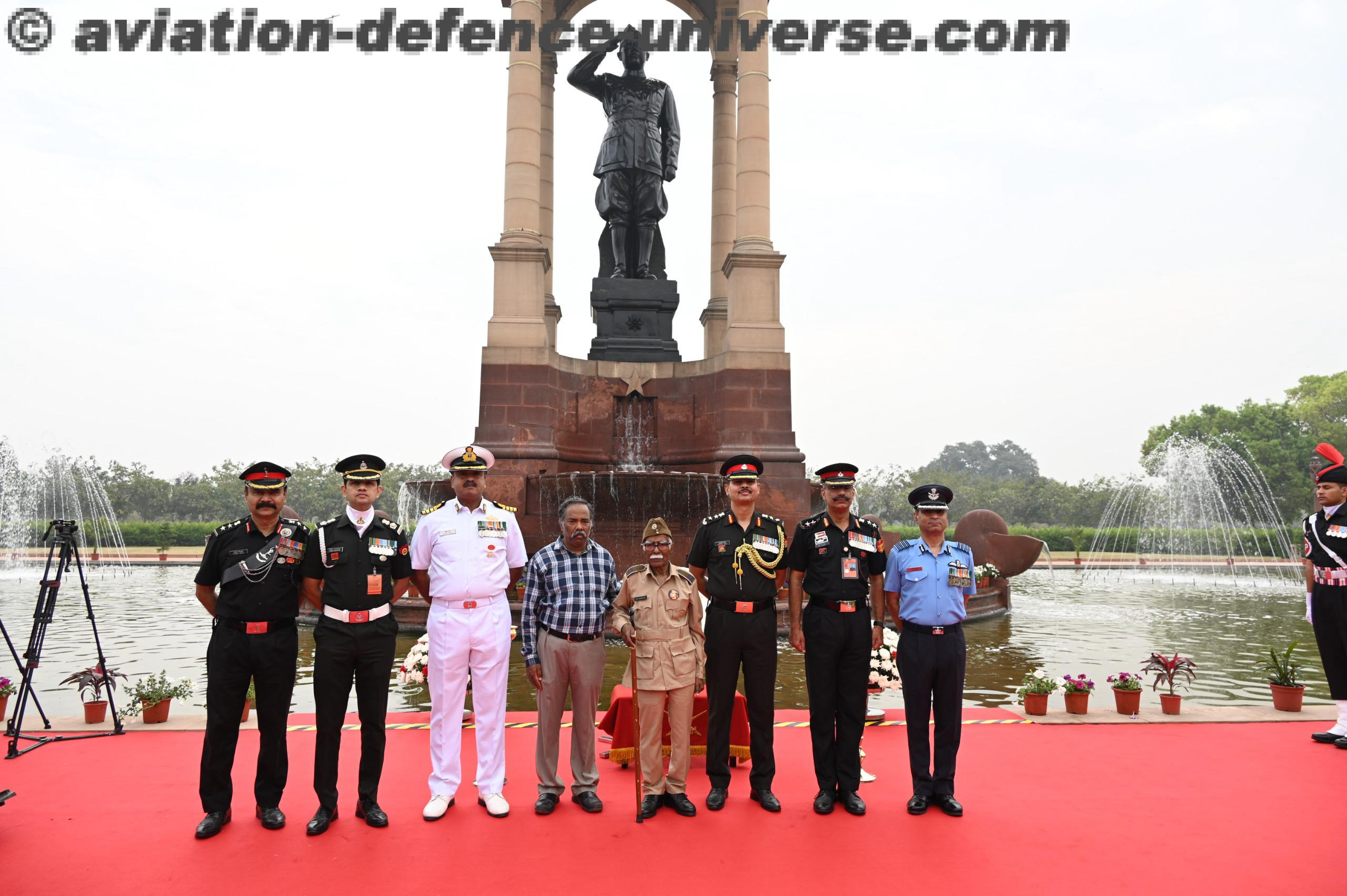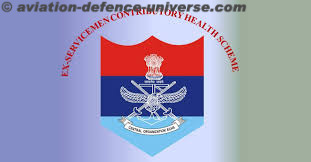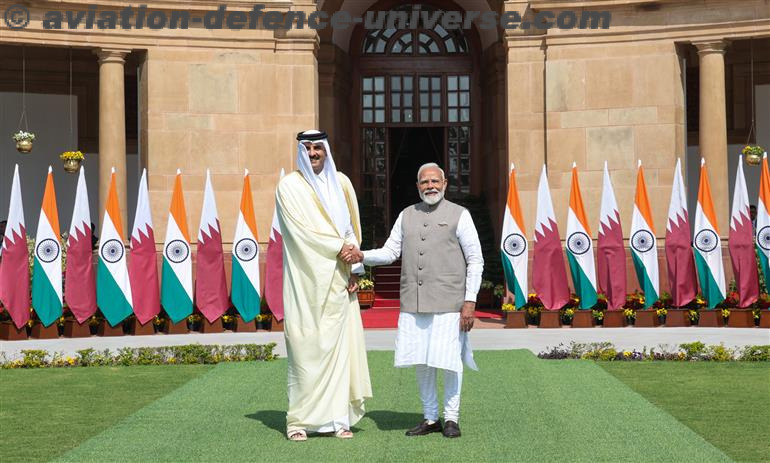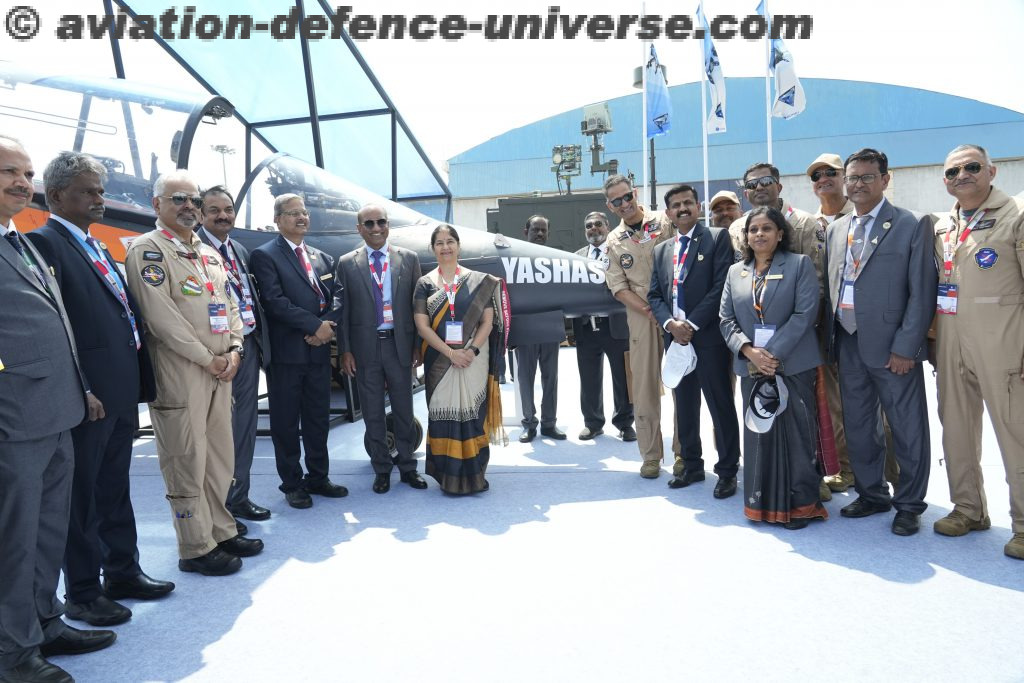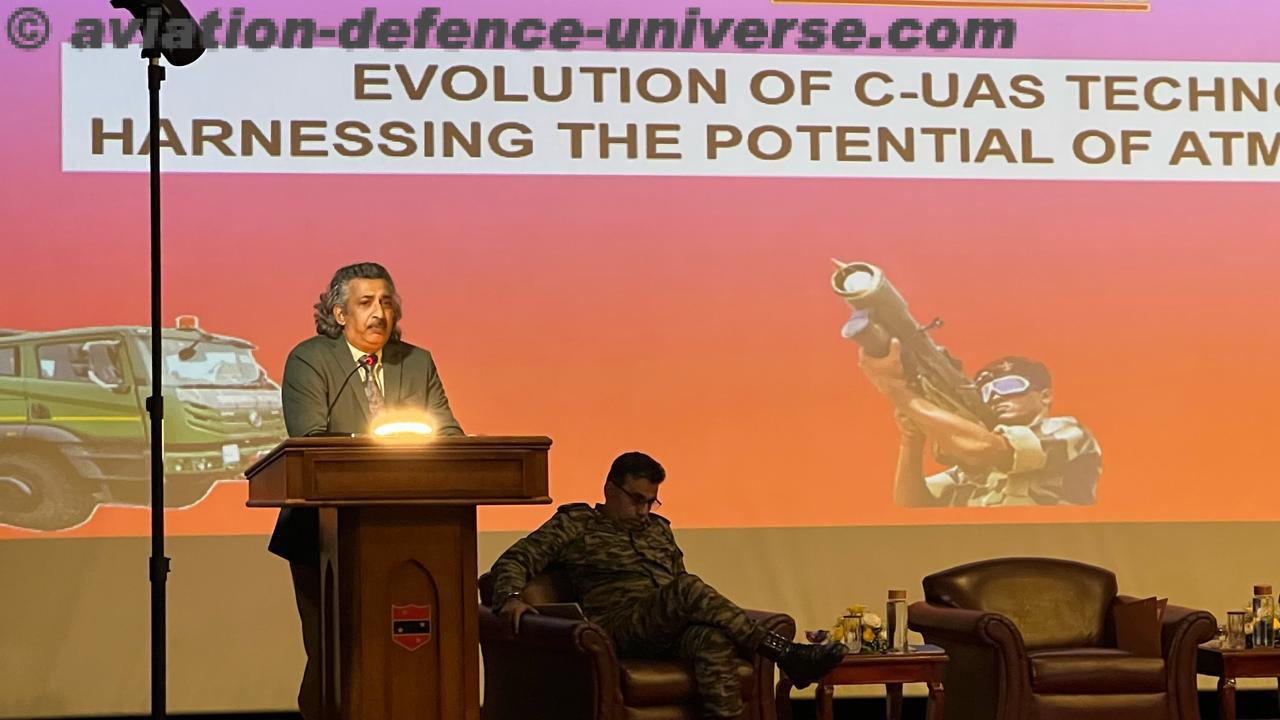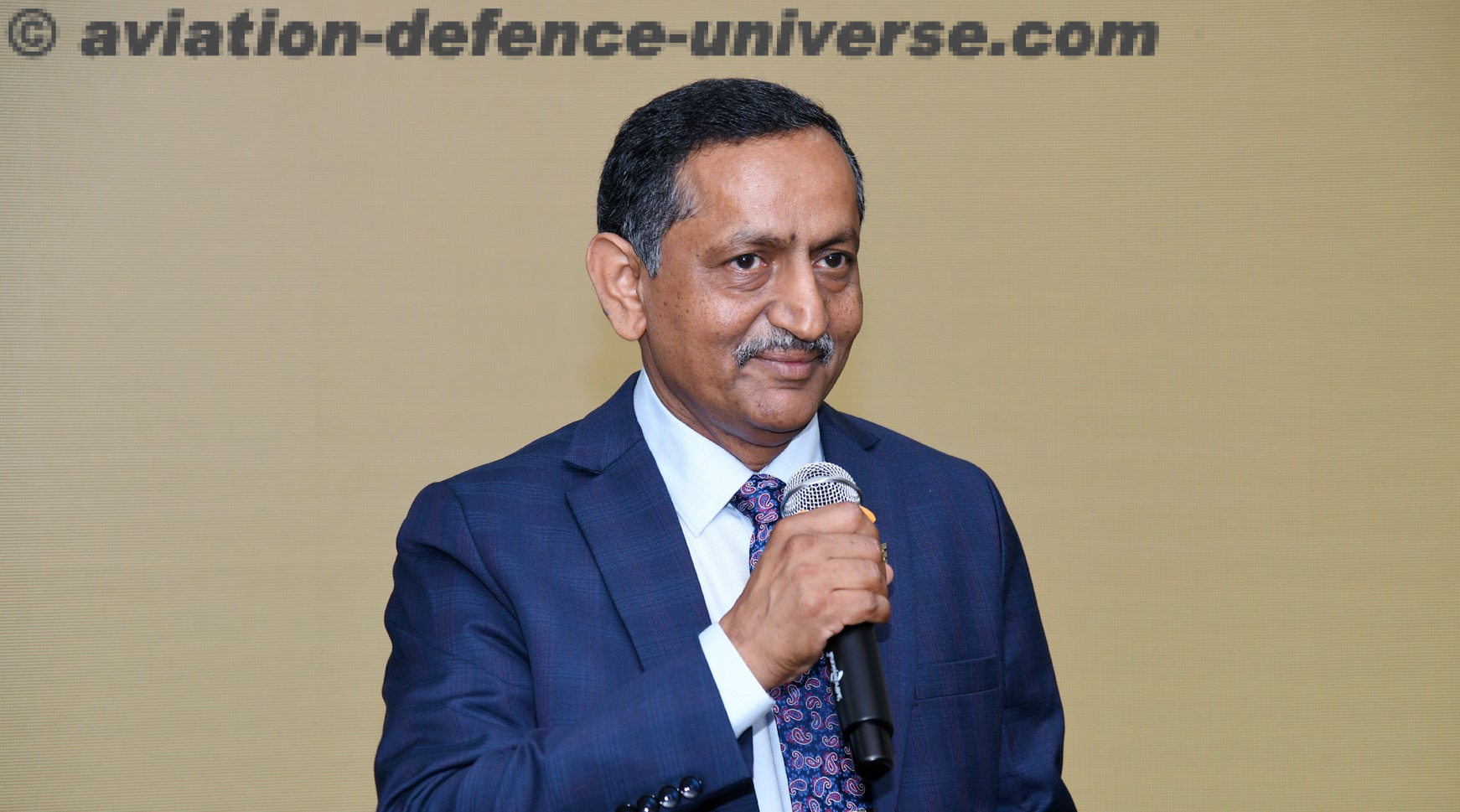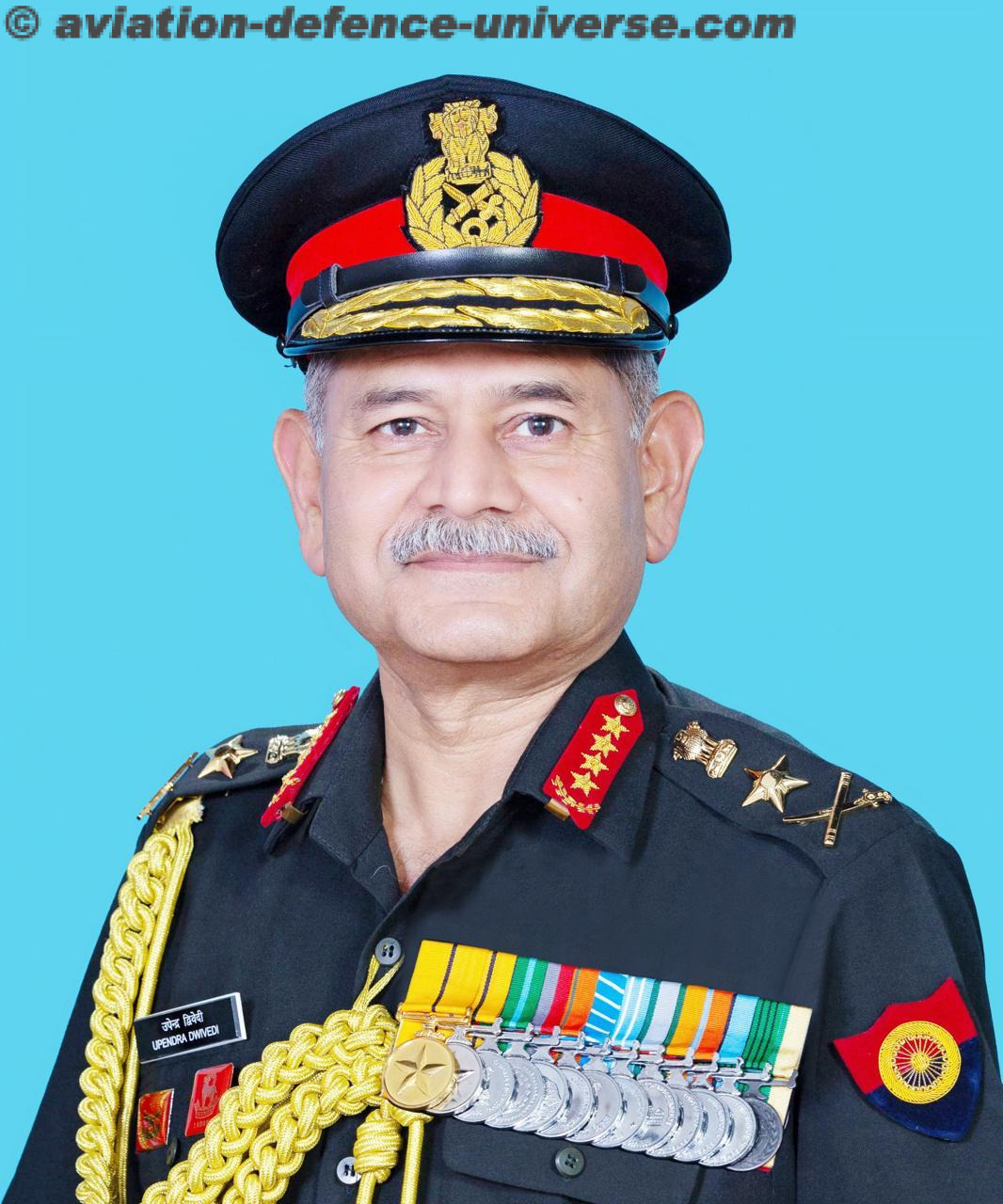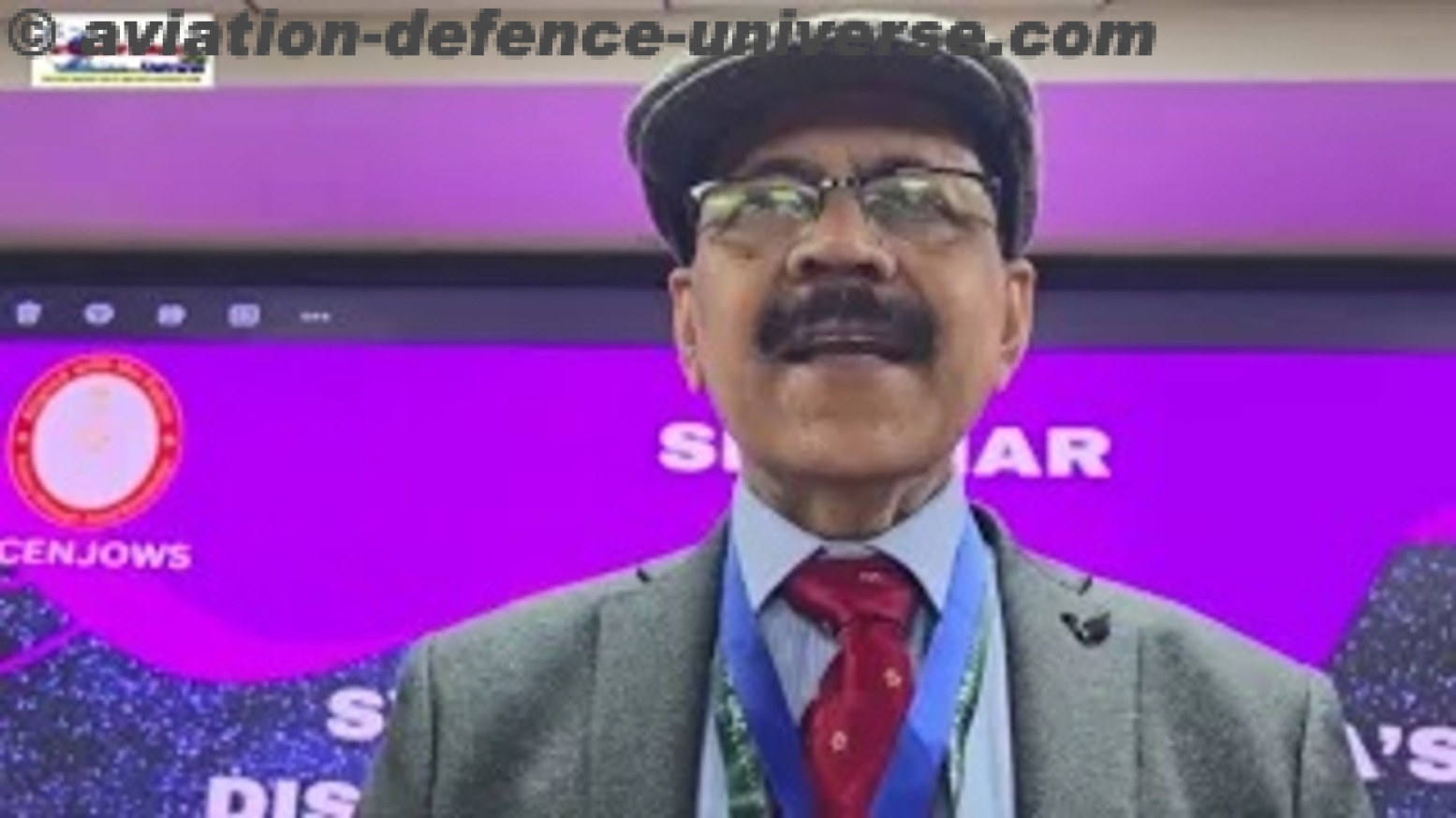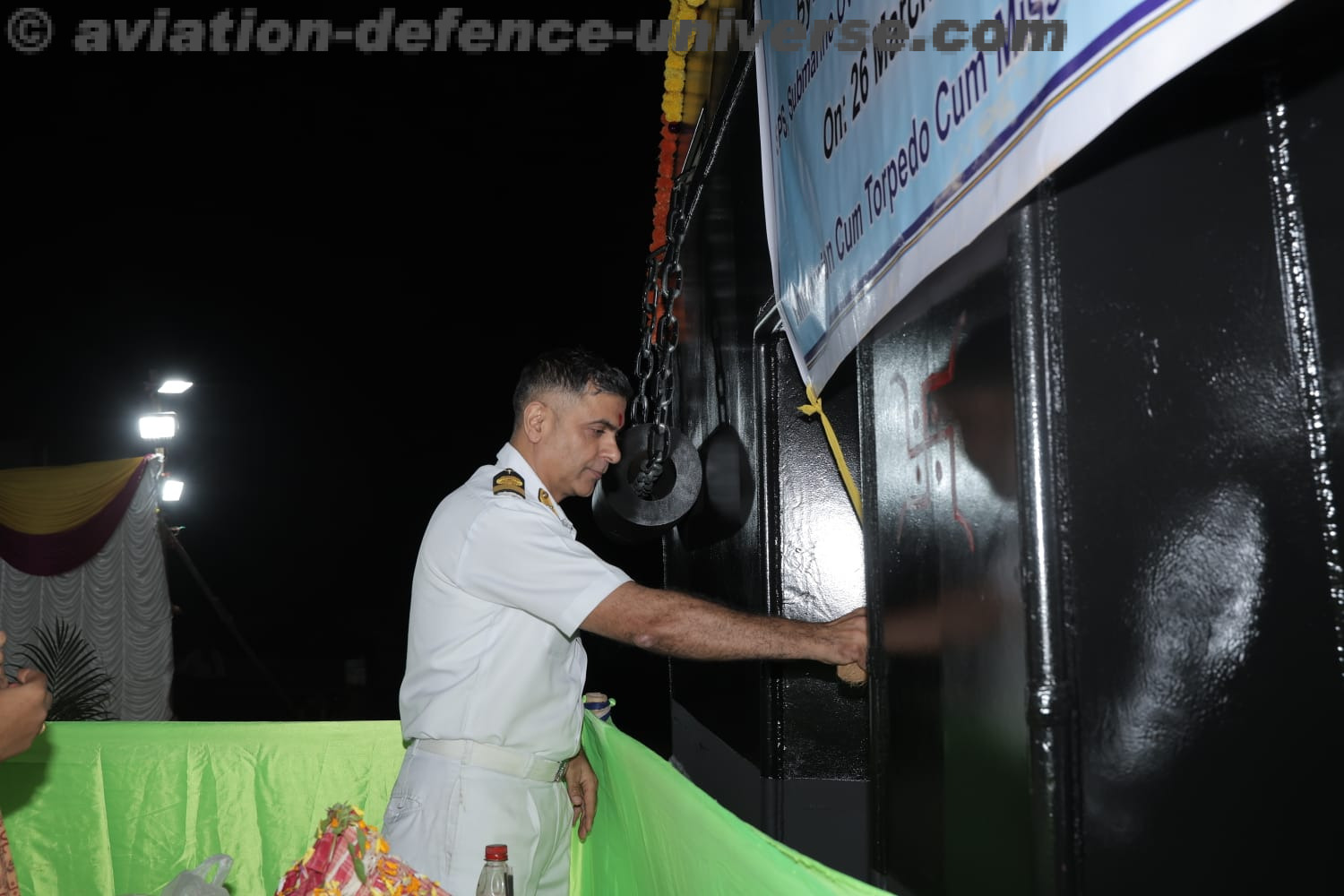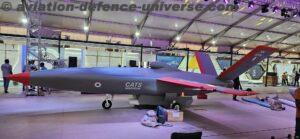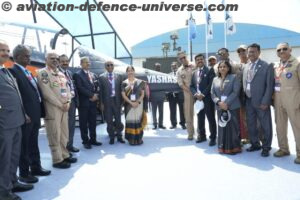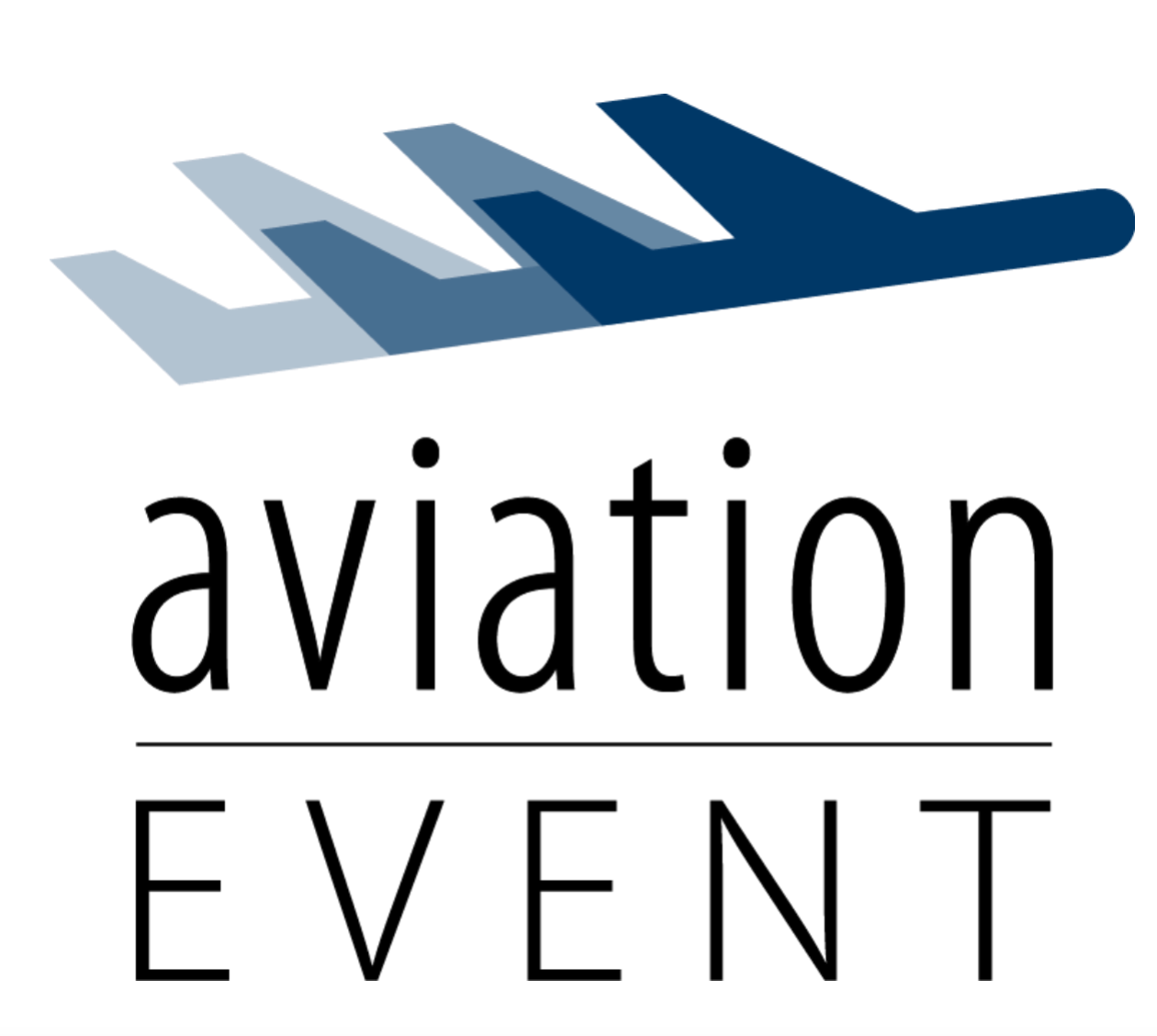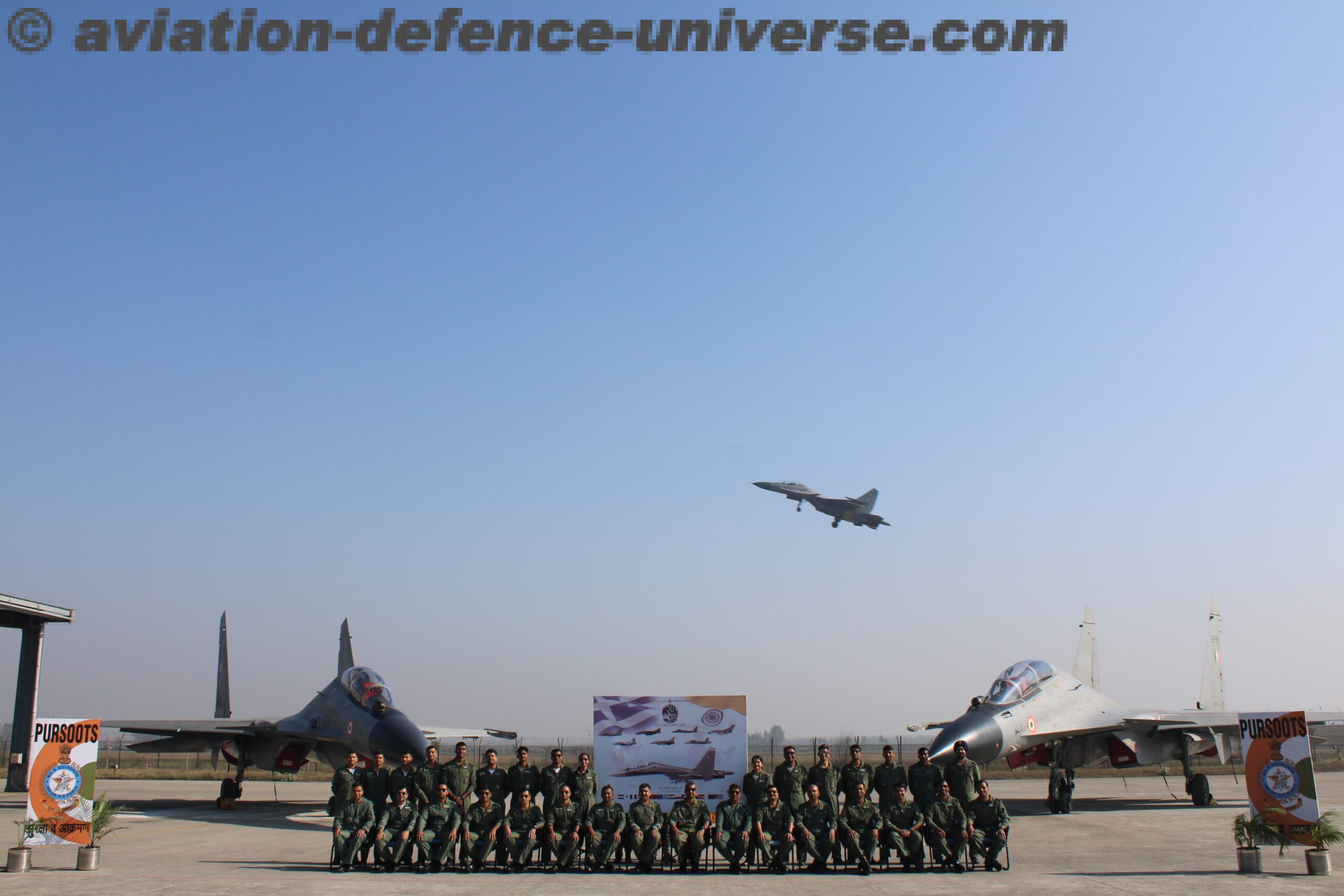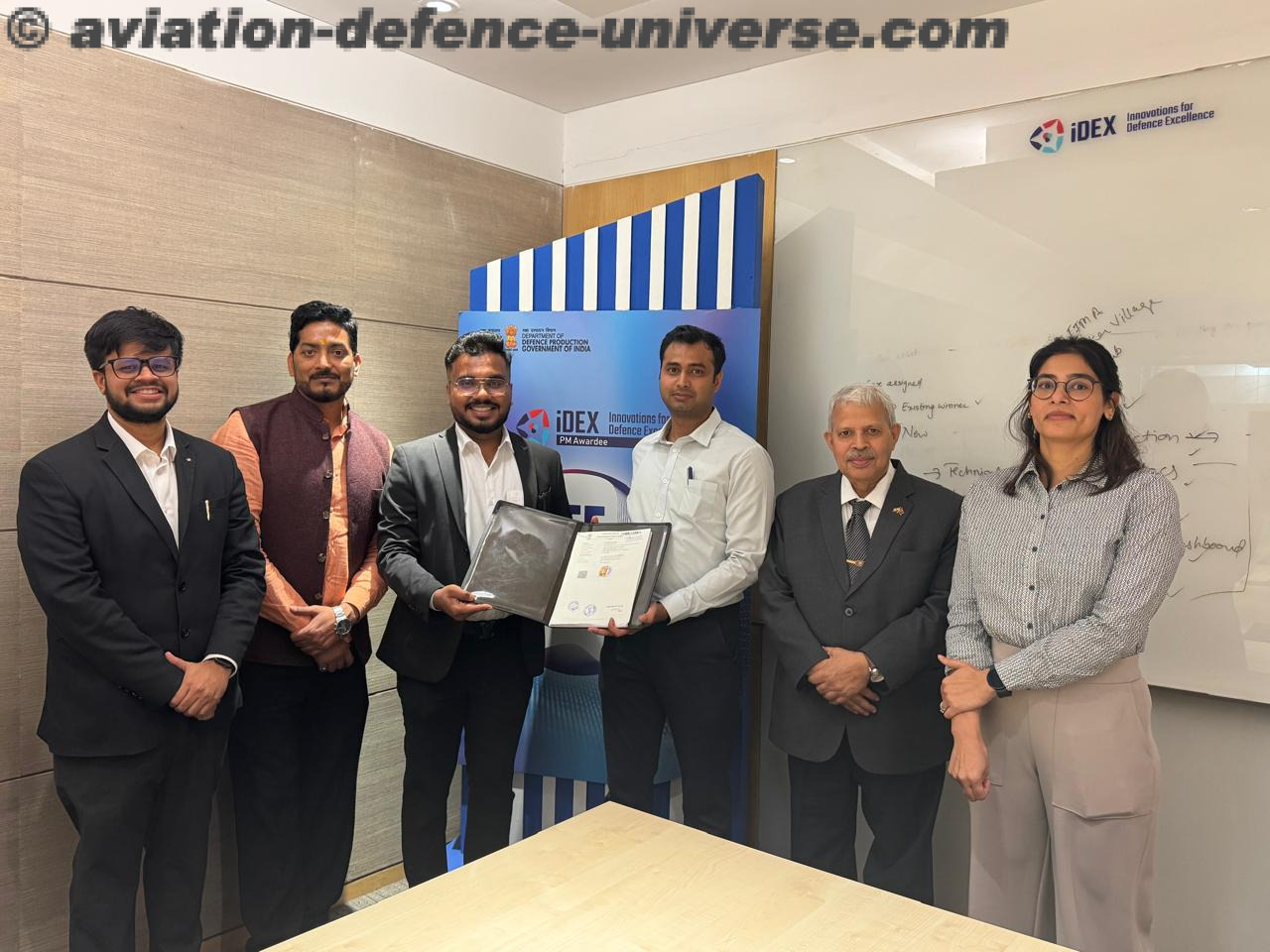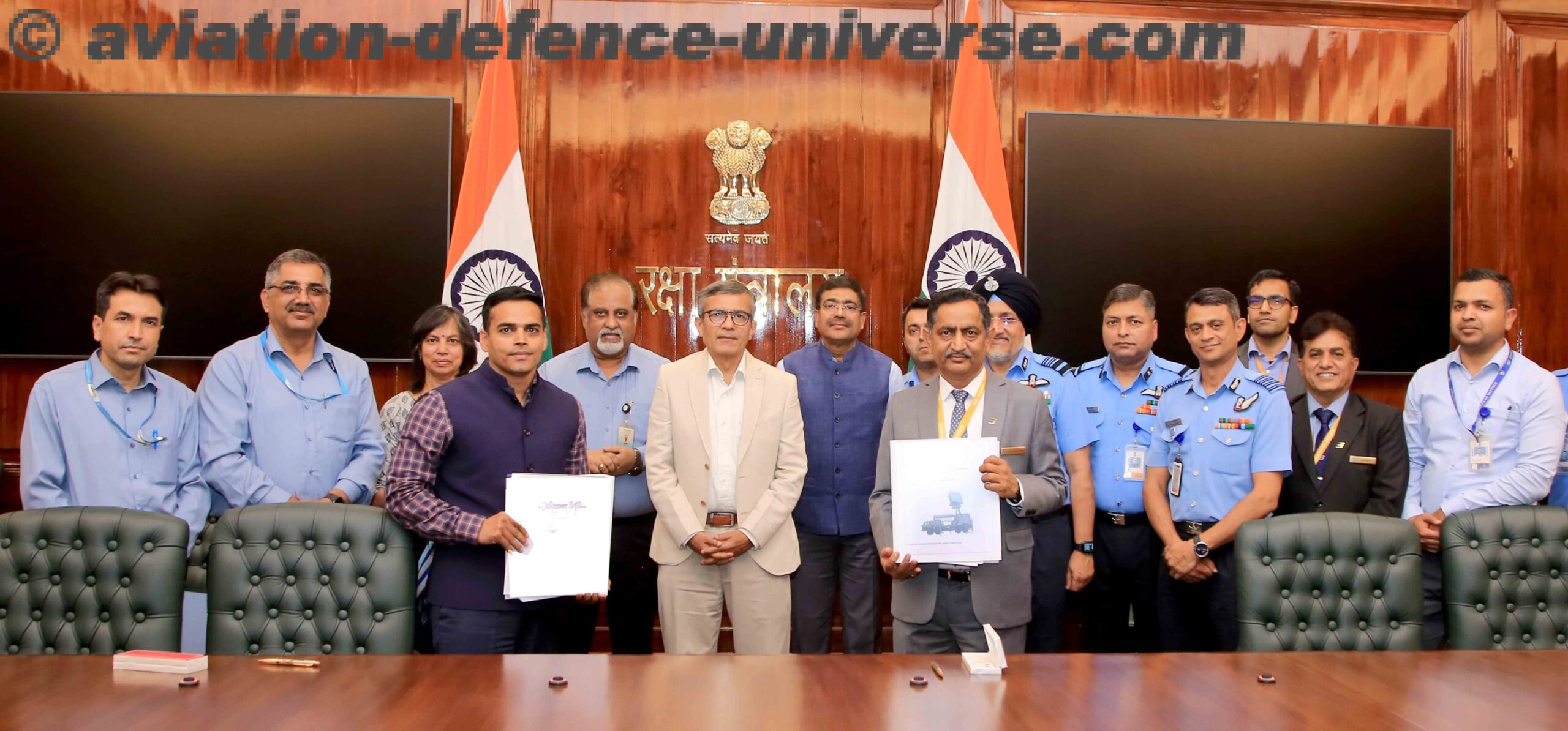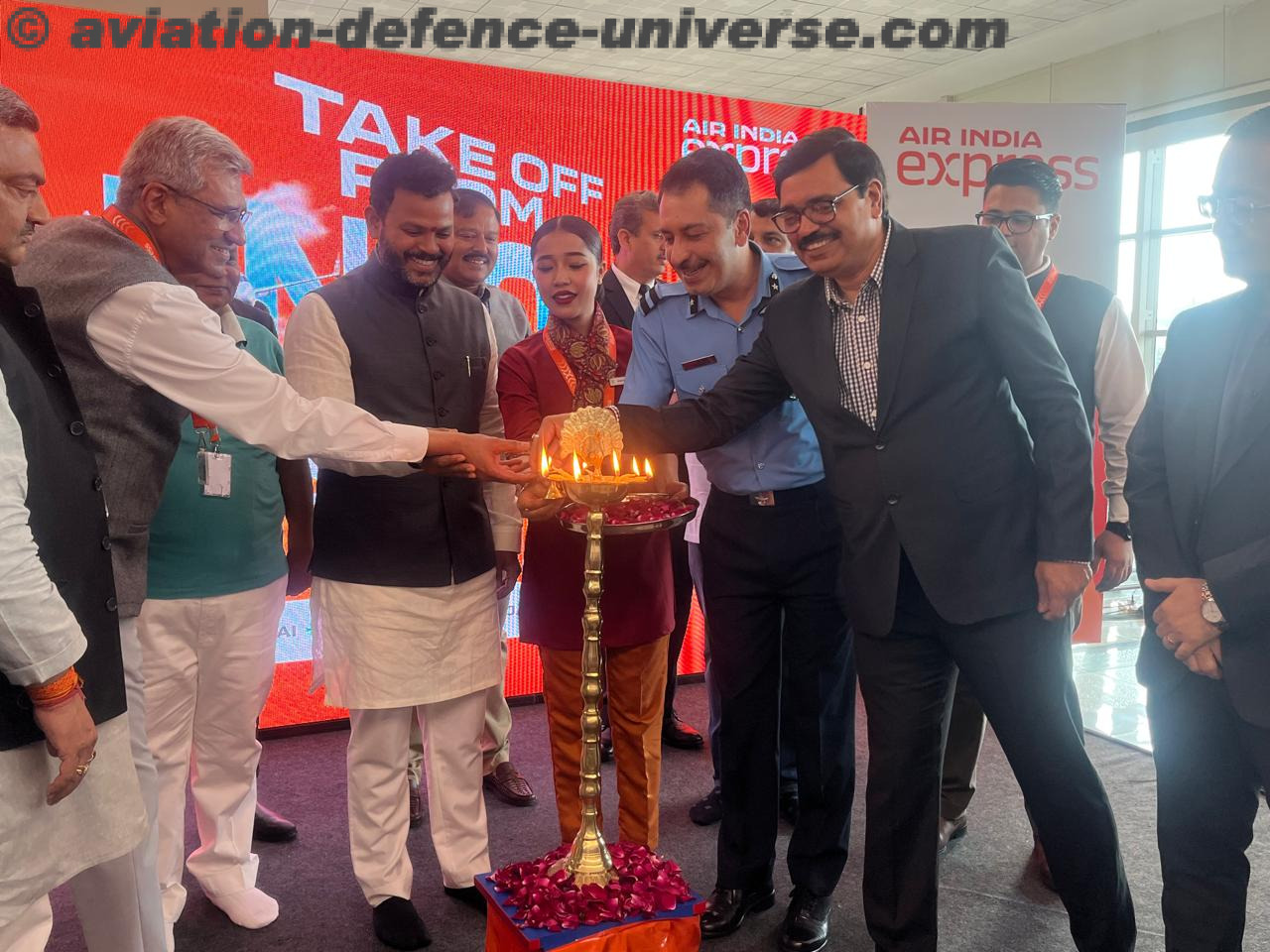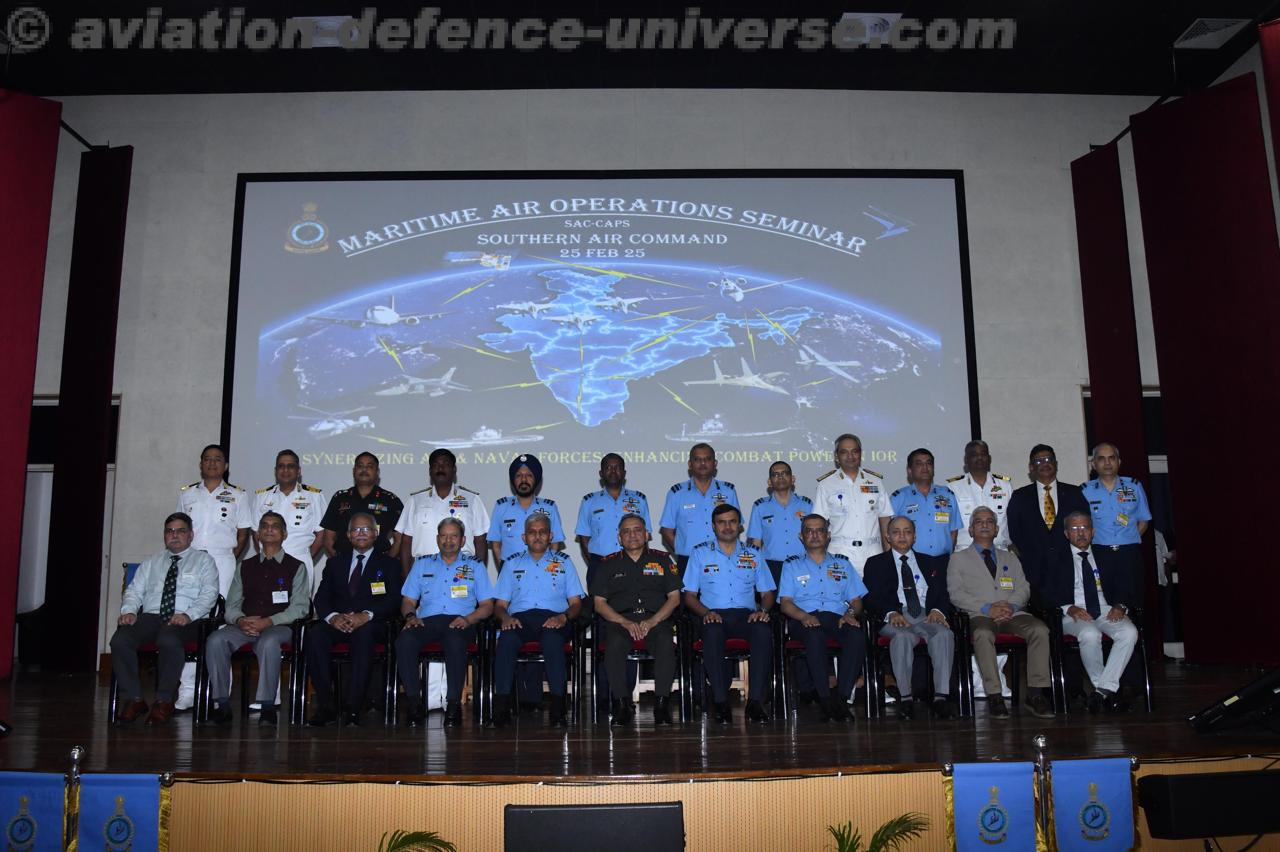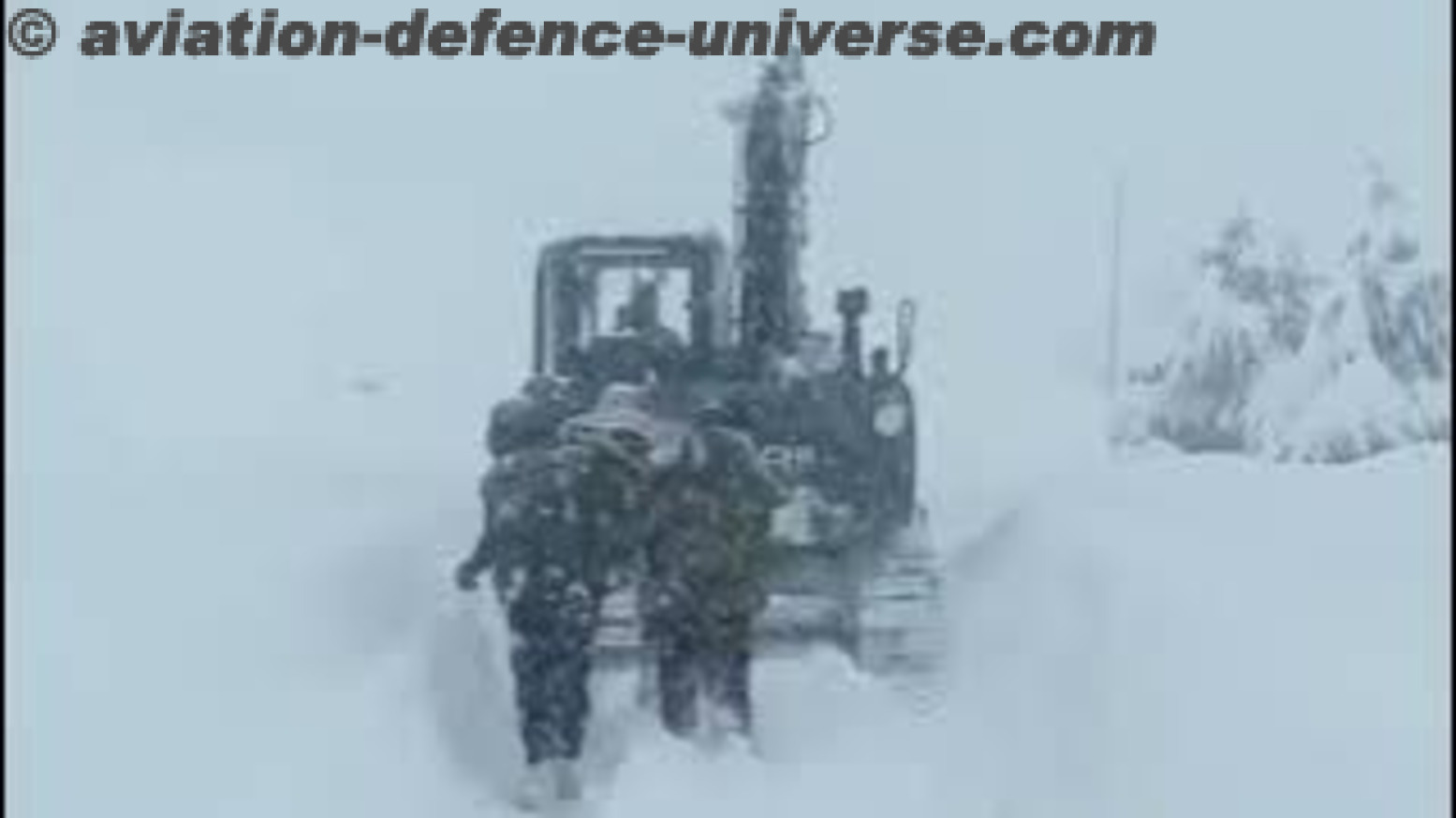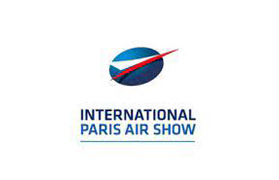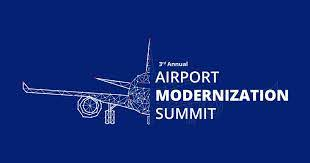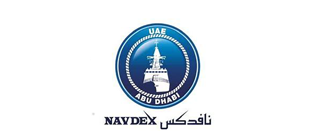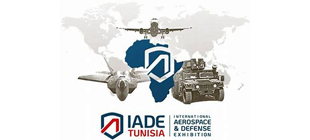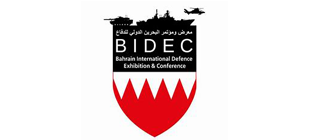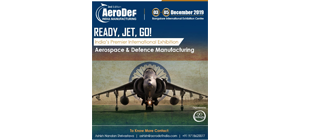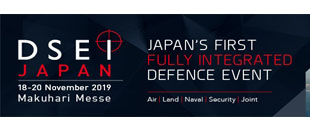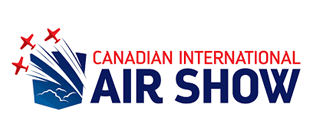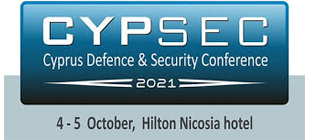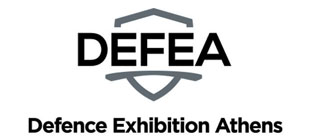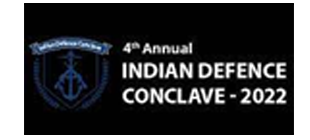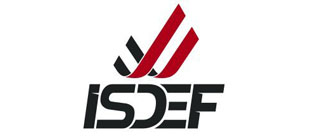- Takes Flight & Ready for IAF Training Missions
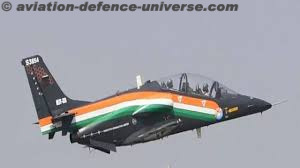 Bangalore. 10 February 2025. The Intermediate Jet Trainer (IJT) christened as HJT-36 is indigenously designed and developed by HAL to replace ageing fleet of KIRAN Jet Trainer aircraft in service with Indian Air Force for Stage II training of its pilots. IJT will be fitted with AL-55i Jet engines produced in house at Engine Division Koraput. IJT incorporates the simplicity necessary for ease of conversion from Basic Piston Trainer and the sophistication required for quick conversion to the complexities of an Advanced Jet Trainer.
Bangalore. 10 February 2025. The Intermediate Jet Trainer (IJT) christened as HJT-36 is indigenously designed and developed by HAL to replace ageing fleet of KIRAN Jet Trainer aircraft in service with Indian Air Force for Stage II training of its pilots. IJT will be fitted with AL-55i Jet engines produced in house at Engine Division Koraput. IJT incorporates the simplicity necessary for ease of conversion from Basic Piston Trainer and the sophistication required for quick conversion to the complexities of an Advanced Jet Trainer.
The flagship jet training aircraft of HAL, Hindustan Jet Trainer, HJT-36, is now renamed as ‘Yashas’ after extensive modifications to resolve departure characteristics and spin resistance throughout the aircraft envelope. Secretary Defence Production Sanjeev Kumar unveiled the new name in the presence of Dr D K Sunil, CMD, HAL and senior officers at the ongoing Aero India 2025 .
“The large-scale changes to the baseline intermediate training platform has led to significant upheaval in its capabilities and hence provided an opportunity for a new name to be given in accordance with the aircraft’s continued relevance as a training system for modern military aviation. In light of this, HJT-36 is named Yashas”, says Dr D K Sunil, CMD, HAL.
For induction into service, the aircraft was recently upgraded with state-of-the-art avionics and an ultra-modern cockpit. These will enhance training effectiveness and operational efficiency, whilst providing weight reduction and overcoming obsolescence of imported equipment with Indian LRUs.
Yashas is capable of Stage II pilot training, counter insurgency and counter surface force operations, armament training, aerobatics etc. It is powered by a FADEC controlled AL55I Jet engine, providing best in class thrust to weight ratio, optimised thrust management and reliability. Stepped up Rear cockpit with Drooped Nose provides excellent all-around Vision and Enhanced situational awareness with State-of-the-Art Glass Cockpit with MFDs and HUD. The capabilities of HJT-36 are stall and spin, aerobatics, armament carriage up to 1000kg, single point ground refuelling and defueling.
The aircraft has a wingspan of 10 meters, a length of 11 meters, and a height of 4.4 meters, giving it a compact and agile profile suitable for advanced training and light combat roles. Its clean aircraft weight is 4250 kg, while the maximum all-up weight reaches 5400 kg. The aircraft’s fuel capacity is equally versatile, with a maximum usable fuel load of 900 kg without drop tanks, which can be increased to 1370 kg when equipped with drop tanks. The fuselage measures 11 meters in length, with a maximum width of 1 meter (excluding air intakes) and a height of 1.82 meters. Powered by the AL-55i NPO Saturn turbofan engine, the aircraft delivers over 17 kN of thrust at sea level under ISA conditions, with a bypass ratio of approximately 0.55 and a specific fuel consumption (SFC) of less than 0.72 kg per hour per kilogram of thrust. The aircraft boasts a thrust-to-weight ratio greater than 5, with a modular engine design that allows on-condition maintenance, supported by a digital FADEC system with hydromechanical backup. Its operational longevity is ensured through an unlimited total technical life, complemented by an onboard health monitoring and diagnostic system. The aircraft achieves a maximum speed of 750 km/h (Mach 0.75) and can withstand load factors ranging from +7.0g to -2.5g. Its rate of climb exceeds 1500 meters per minute, while the stall speed in clean configuration remains below 185 km/h. Requiring less than 500 meters for both takeoff and landing, the aircraft demonstrates exceptional short-field performance, making it well-suited for operations in varied environments, from established runways to austere airstrips.
The HJT-36, also known as the Intermediate Jet Trainer (IJT), developed by Hindustan Aeronautics Limited (HAL), is designed to fill the crucial intermediate stage of pilot training in the Indian Air Force (IAF). Positioned between basic flight training (Stage I) and advanced fighter training (Stage III), the HJT-36 plays a critical role in preparing pilots for operational fighter aircraft. The aircraft’s versatility allows it to fulfill several training objectives, including general flying, instrument navigation, formation flying, tactical flying, and basic weapons training.
The HJT-36 serves as a vital platform for trainee pilots transitioning from basic propeller aircraft to jet-powered platforms. It helps build familiarity with jet engines, handling high-performance flight characteristics, and introducing more complex flight regimes. This phase helps cadets understand jet aircraft aerodynamics, engine response, and flight control sensitivity.
General flying cadets learn basic take-off, climbing, cruising, descending, and landing techniques in addition to handling emergency procedures such as engine flameouts, recovery from unusual attitudes, mastering aircraft control and precision flying. The HJT-36 provides a stable yet responsive platform, making it ideal for reinforcing basic airmanship skills in a jet environment.
Cadets learn visual navigation techniques, radio navigation procedures, and map reading at low and medium altitudes. Formation flying teaches close-proximity flying, maintaining station-keeping, and coordinated manoeuvres with other aircraft — crucial skills for future combat pilots. The aircraft’s avionics suite assists cadets in developing instrument navigation proficiency, preparing them for advanced tactical missions.
 The HJT-36 is equipped with basic and advanced flight instruments, allowing trainees to conduct instrument flying, simulating conditions where visual references are limited or unavailable. Cadets practice cloud flying techniques, learning to fly safely through poor weather conditions using only the aircraft’s instruments, develop proficiency in instrument approaches, holding patterns, and missed approaches — essential for both peacetime and operational scenarios.
The HJT-36 is equipped with basic and advanced flight instruments, allowing trainees to conduct instrument flying, simulating conditions where visual references are limited or unavailable. Cadets practice cloud flying techniques, learning to fly safely through poor weather conditions using only the aircraft’s instruments, develop proficiency in instrument approaches, holding patterns, and missed approaches — essential for both peacetime and operational scenarios.
The HJT-36 introduces trainees to basic weapons employment concepts, including aiming and releasing bombs on ground targets., practicing basic strafing runs using onboard guns.earning air-to-air gunnery, tracking mock aerial targets. This phase helps cadets grasp weapons delivery techniques and the importance of sight picture, range estimation, and manoeuvring during combat scenarios.
Practicing low-level flying to evade radar detection, conducting pop-up attacks and coordinated strikes, simulating evasive manoeuvres and basic combat manoeuvres (BCM) against simulated threats, learning threat recognition and situational awareness in dynamic environments is also learnt on this trainer craft. The HJT-36’s agility allows cadets to understand energy management and aerial tactics, laying the foundation for advanced fighter tactics.
The HJT-36 provides cadets with experience in night operations, including night take-offs and landings, instrument flying at night, night navigation using external and cockpit lighting systems. Night formation flying, requiring cadets to fly in close proximity with minimal visual cues, simulated night combat exercises sharpen their skills in target identification and weapons delivery under low-light conditions.
The HJT-36 Intermediate Jet Trainer serves as a critical stepping stone in the Indian Air Force pilot training pipeline. By providing exposure to jet flight dynamics, complex mission profiles, and fundamental combat training, it helps produce proficient, confident, and capable military pilots ready for frontline fighter aircraft. Its multi-role training capability ensures that future IAF pilots receive well-rounded training across flying skills, combat tactics, and operational proficiency.





